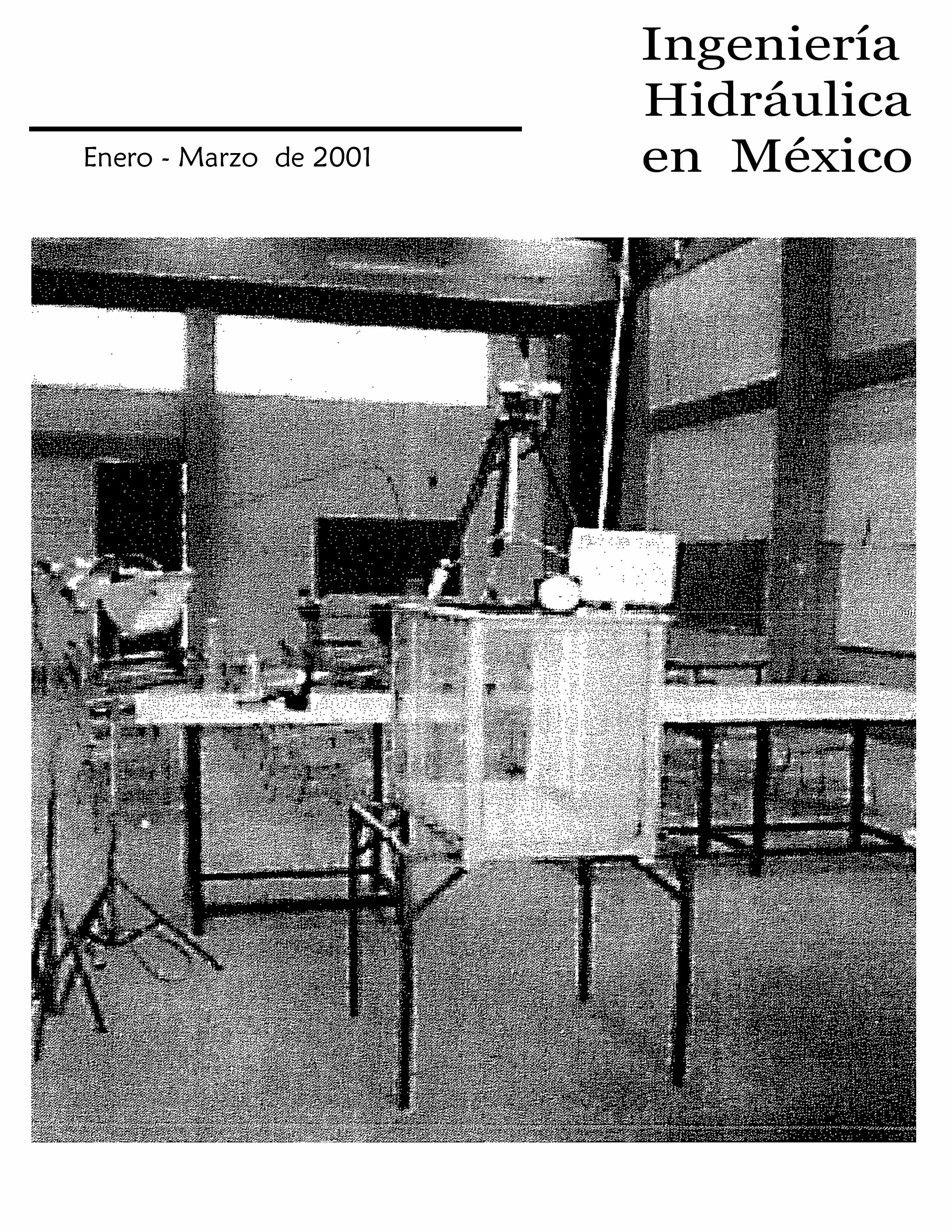The use of Lischtvan-Lebediev method to compute general scour
Keywords:
scour, equilibrium velocity, clear water, sediment transport, comparison of methods, sand bed, gravel bedAbstract
This paper analyses the performance of the Lischtvan Lebediev method when applied to laboratory and field data The results show a good agreement with laboratory data when the experiments were carried out with clear water without sediment transport. The field data were well represented by Lischtvan Lebediev formula when these data corresponded to large rivers, like Parana (Argentina), Mississippi, USA, and Magdalena, Colombia, rivers, with a high sediment transport level. The good agreement reasons are based on the equation employed by the method, to evaluate the equilibrium velocity. When this equation is applied to sand beds and shallow waters (h < 1 m) velocity values near the critical stage are obtained. Furthermore, the same equation gives velocity values near the equilibrium sediment transport conditions when flow depths are large (h > 10 m). In the cases of gravel bed rivers, the calculated values showed a good agreement with measured values for the whole range of depths that could usually be present in this kind of rivers, only when the experiments were carried out with clear water conditions.
Downloads
Published
How to Cite
Issue
Section
License
By Instituto Mexicano de Tecnología del Agua is distributed under a Creative Commons Attribution-NonCommercial-ShareAlike 4.0 International License. Based on a work at https://www.revistatyca.org.mx/. Permissions beyond what is covered by this license can be found in Editorial Policy.









